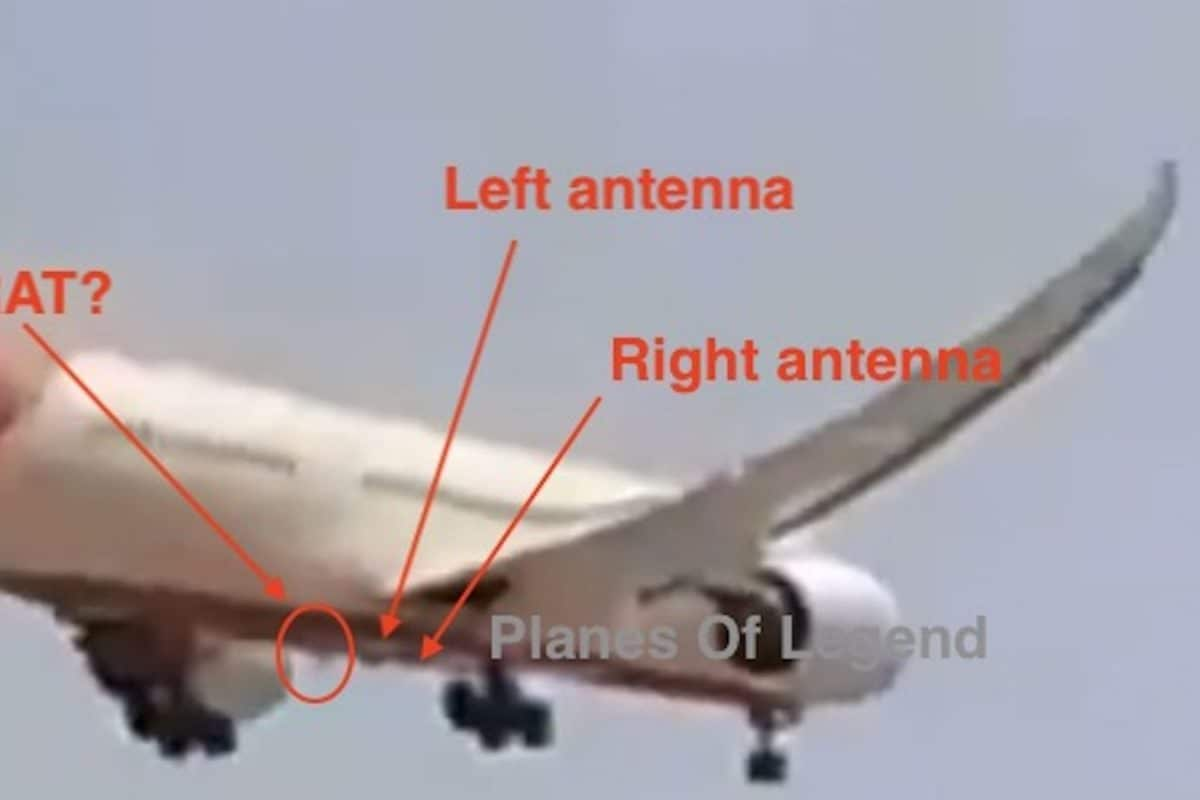

The crash of Air India Flight 171 near Ahmedabad on June 12, 2025, has spurred intense debate among netizens and aviation experts alike, particularly concerning the possible deployment of the Ram Air Turbine (RAT). As investigations into the cause of the crash continue, a clearer video has surfaced which seems to indicate that the RAT was deployed. The RAT is an emergency power source on the aircraft that deploys into the airstream to generate power only when primary and secondary power sources fail. The discussions revolve around the implications of this deployment and what it suggests about the final moments of the flight.
Captain Steve Scheibner, a former U.S. Navy pilot and seasoned aviation analyst, has been a prominent voice in highlighting the significance of the RAT deployment. According to Scheiber, the appearance of "a small gray dot" under the wing in the crash video confirms that the RAT was deployed. The expert also analyzed audio from the crash video, identifying a distinct “high-pitched squeal” in the background, linking the sound to the RAT's two-bladed turbine spinning at high speed to generate emergency power. Additionally, the lone survivor's testimony of a loud bang and flickering lights aligns with the typical events during RAT deployment.
If the RAT was deployed, it signifies a grave emergency, potentially a total electrical failure, a debilitating hydraulic failure, or a dual-engine failure, or a combination of these factors. Dual engine failures are extremely rare, adding to the complexity of the investigation. Examining the wreckage, one close-up of an engine showed no breaches with melted fan blades. According to this source, this may be an indicator that the engine was not producing significant thrust upon impact suggesting it may have flamed out or was shut down.
The unconfirmed reports of a "Mayday" call from the pilot, stating "Thrust not achieved… falling… Mayday! Mayday! Mayday!" further fuel speculation about engine-related issues. The aircraft had nearly exhausted the full 3.5-kilometer runway, which is significantly longer than the 2.5 to 3 kilometers typically required for a wide-body jet like the Dreamliner to take off. This extended runway roll also suggests the aircraft may not have had adequate thrust for take-off. However, airport sources state that there were no requests for runway changes, thrust adjustments, or flap reconfigurations.
Another theory being explored is the possibility of an electrical system malfunction in the Boeing 787, given its heavy reliance on electrical systems instead of conventional ones. This is further supported by safety directives issued by the Directorate General of Civil Aviation (DGCA) a day after the accident.
However, some experts were increasingly converging on the possibility that the landing gear of AI-171 was down and flaps were perhaps not retracted, well after the aircraft climbed off the runway.
Investigators are analyzing the flight data recorder (black box) to ascertain the precise sequence of events and contributing factors. They will be considering mechanical issues, human error, and systems failure. The Aircraft Accident Investigation Bureau (AAIB) will release a final report.
The Air India Express Flight 812 crash in 2010 serves as a somber reminder of the devastating consequences of aviation accidents. That particular accident was attributed to human error, specifically the captain's failure to discontinue an unstabilized approach, compounded by factors such as sleep inertia.